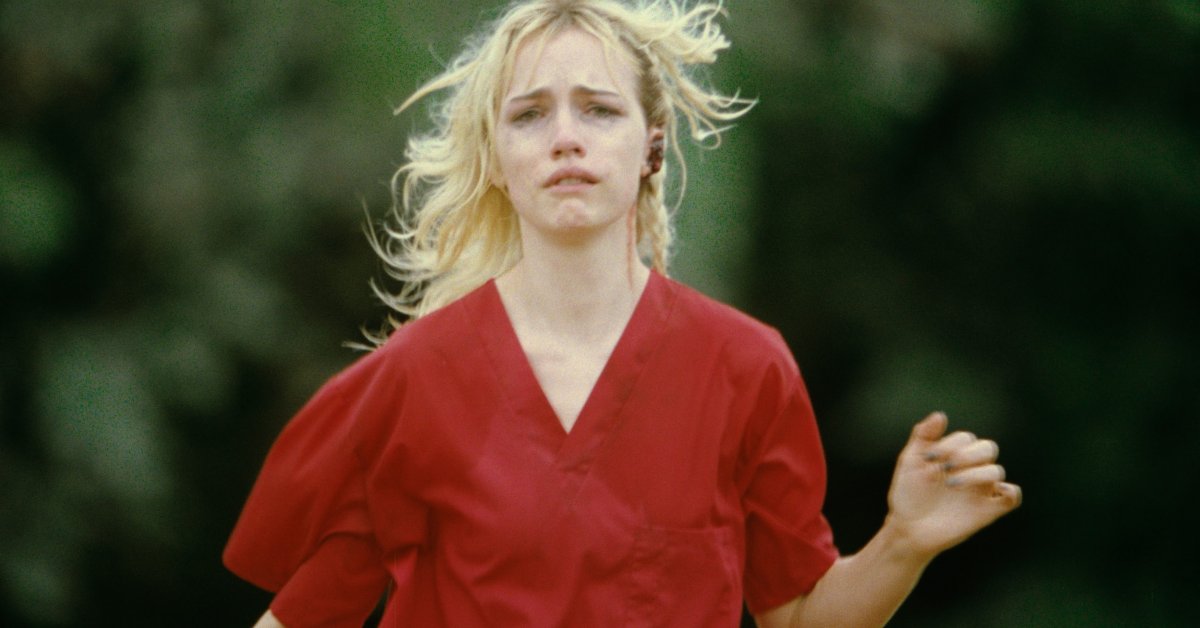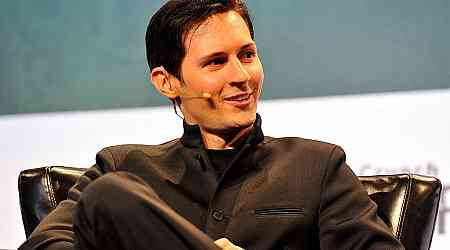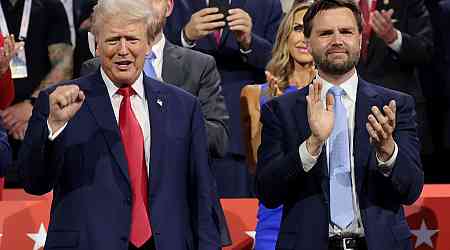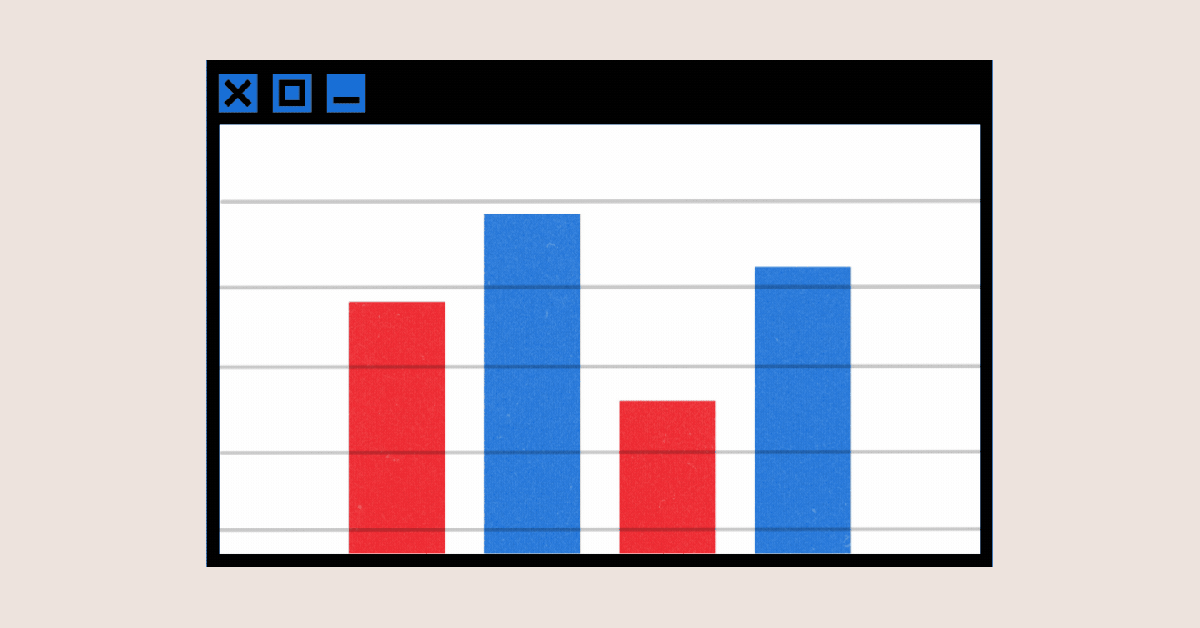
Warning: This post contains spoilers for Strange Darling.
Given the hype surrounding Strange Darling, now in theaters, many people going into the buzzy new horror movie are already expecting some kind of a Big Twist. Leading up to its Aug. 23 release, the film, from writer-director JT Mollner (Outlaws and Angels), was touted as “one of those movies where the less you know, the more effective the end result will be” and “too clever to spoil,” letting audiences in on the fact that there was a surprise in store for them.
[time-brightcove not-tgx=”true”]The cat-and-mouse thriller, centered on the final day of an elusive serial killer’s years-long rampage, is designed to flip viewers’ expectations on their head. But the implications of that subversion are a little murkier.
“When I approached this film, I tried at all times to stay away from any sort of message or intrusive point of view,” Mollner says. “Our goals were all rooted in narrative and the feeling the movie would evoke. David Lynch once said his films aren’t meant to be necessarily understood, they’re meant to be felt. That was definitely a big part of the exercise when writing and making this movie.”
Beginning with an opening crawl that mirrors the original Texas Chain Saw Massacre, Strange Darling claims to be a dramatization of the true story of the “final known killings” of the “most prolific and unique American serial killer of the 21st century.” In reality, like with The Texas Chain Saw Massacre, the story is not directly pulled from any real-life events. We then learn that the movie will play out in six non-chronological chapters (plus an epilogue), jumping right into the middle of the action with “Chapter 3: ‘Can You Help Me? Please?'”
With leads Willa Fitzgerald and Kyle Gallner credited only as “The Lady” and “The Demon,” respectively, nearly an hour of Strange Darling’s 96-minute runtime is devoted to lulling viewers into the sense that they’re watching a genre standard male-killer-targets-female-victim narrative. However, breadcrumbs are dropped throughout to suggest things may not actually be as they seem.
What is the twist in Strange Darling?

The first hour of the movie—which encompasses Chapters 3, 5, 1, 4, and 2, in that order—culminates in the big reveal: that Fitzgerald’s Lady is actually the wanted killer, a dangerous fugitive known by the nickname “The Electric Lady,” rather than Gallner’s Demon. To get to this point, Strange Darling employs some harrowing turns, including several scenes depicting consensual non-consent role play that initially appear to be sexual violence.
The final shift in perspective occurs when the Lady drugs the Demon in order to prevent him from leaving the motel room where they spent the night after meeting at a bar, and then proceeds to carve the initials “EL” into his chest with a knife. After going through his wallet and discovering he’s actually a cop—which seems to explain the shotgun we saw in his pickup truck earlier in the movie—the Lady attempts to kill him by stabbing him in the neck. But he’s revealed to have pulled out a smaller gun he was carrying while she was in the bathroom and manages to shoot her ear off, forcing her to flee the room.
After murdering both a motel employee (Denise Grayson) and, later, a man (Ed Begley Jr.) who lets her into his home after she interrupts Sunday breakfast with his wife (Barbara Hershey), the Lady is once again shot and taken hostage by the Demon. A conversation ensues between the pair in which she tells him that she didn’t originally intend to kill him before spraying him in the face with bear spray and ripping his jugular vein out with her teeth.
When a pair of cop friends who the Demon called show up to find him dead and the Lady claiming he sexually assaulted her, the male officer (Steven Michael Quezada) is hesitant to mess with the scene before backup arrives. But his female partner (Madisen Beaty) immediately rushes to the Lady’s aid, believing her to be the victim. Once she’s in the cops’ car, she ends up pulling a gun on them and telling the female officer to make a run for it. When the male cop then asks her why she killed all those people, she tells him, “Sometimes, I don’t see humans, I see devils.”
This harkens back to a strange flash of emotion we saw the Lady experience during her encounter with the Demon the previous night. It seemingly implies that she has some sort of sixth sense that allows her to mysteriously pick up on if someone is a bad person. This feeling is never really explained or expanded on, but once again comes into play moments later when a similar flash prompts her to kill the male cop.
The Electric Lady’s reign of terror ultimately comes to an end when—in another sequence borrowed from The Texas Chain Saw Massacre—a random passerby (Sheri Foster) picks her up off the side of the road. Except this time around, when she tries to pull her gun, the driver gets the jump on her and shoots her before she’s able to do anything.
What to make of Strange Darling‘s switch-up

The movie seems intended to challenge viewers’ preconceived notions about gender roles and victimization, especially in cat-and-mouse thrillers. But, to what end? When we see the Lady and the Demon talking in his truck before going inside their motel room, she delivers a brief monologue about the dangers that casual sex often present for women.
“It’s a g-ddamn tragedy. Men think that we’re these prudes who don’t like casual sex. Most of us f-cking love casual sex. We just want to know that murder isn’t going to be served on the side,” she says. “Violence, that’s no joke. That’s life or death…You seem like a nice guy. You do. But you never really know. So I’m going to have to ask you, are you a serial killer?”
Of course, this all results in her turning the tables on him before manipulatively using the optics of the situation—that she is a bloodied, half-naked woman being chased by a shotgun-toting, coked-up man—to gain sympathy from and take advantage of a number of strangers. We eventually get the aside about her seeing “devils” as some sort of justification for her actions, but the film is definitely flirting with some loaded subtext about sexual politics and believing women. According to Mollner, however, the team behind Strange Darling “just wanted it to be a ride above all else.”
“It’s so difficult to surprise these days, so finding a way to do that was paramount,” he says. “Always leaning into the exceptions in human behavior rather than the rules to make the story and characters more unpredictable, and ultimately presenting a female lead who’s allowed to be flawed in ways more often seen in characters played by male actors.”



























